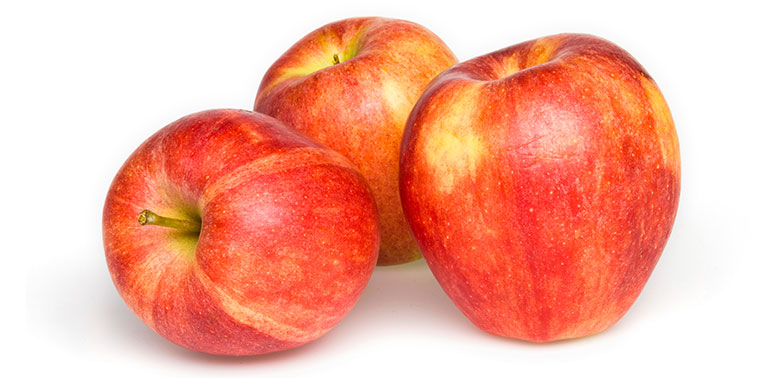August 28, 2015 — Food waste carries massive environmental, social and economic costs — so much that you’d think one of the first lessons we’d want to pass along to our kids would be the old saw, “Take what you want, but eat what you take.”
A U.S. law intended to boost consumption of healthful foods by requiring school lunches eligible for federal funding to include a fruit or vegetable serving appears to be doing the exact opposite.
Observing elementary students’ lunchroom behavior in two elementary schools before and after the Healthy, Hunger-Free Kids Act of 2010 took effect, researchers from the University of Vermont and the University of California, Davis, reported that not only was fruit and vegetable waste more than 50 percent higher after the requirement kicked in, but fruit and vegetable consumption was down.
The researchers noted that the law, which governs a program that feeds 31 million children each school day, is coming up for reauthorization this fall — potentially opening opportunities to modify it in a way that reduces these adverse unintended consequences. Meanwhile, they encourage lunch providers to boost the appeal of the fruits and vegetables they’re required to serve by cutting large items such as apples and oranges into pieces, enhancing lunch offerings with fresh produce from school gardens or other local sources, and, of course, using that age-old trick of disguising good-for-you food as something else. ![]()
Ensia shares solutions-focused stories free of charge through our online magazine and partner media. That means audiences around the world have ready access to stories that can — and do — help them shape a better future. If you value our work, please show your support today.
Yes, I'll support Ensia!
